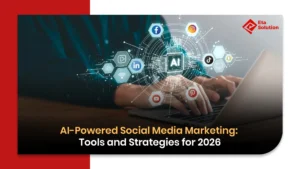
What is Marketing Automation?
Marketing automation has been defined as the application of technology that simplifies the work of marketers by the use of various technological Marketing tools, which basically perform repetitive tasks on behalf of the marketer. Plus, it aids such companies in providing the customer with a personalized message that is just right for that particular person at that particular time. Moreover, they can even become a part of the buyer’s journey, and with the least possible human intervention, it is going to be a breeze for them to keep on nurturing them. Not to urge your imagination, not to how, marketing automation is basically software + a sound plan.
The main automated marketing strategies‘ functions include the following:
- Workflow automation: the establishment of “if this, then that” rules.
- Email automation: non-manual triggered drip sequences, recovery emails, greeting flows.
- Lead nurturing: categorizing potential buyers, evaluating them, and delivering the right content/ information according to the stage they are in their buying journey.
- Campaign orchestration: the management of different automated multi-channel campaigns.
- Data and analytics: the collection of the behavioral data of the users, although other data accompanies the conversions and reporting on the outcomes.
- CRM integration: the full alignment of data from leads, along with syncing sales and tracking through all funnels.
Basically, the marketing staff should not repeat the same automatically performed marketing campaigns, and so they can use the saved time to work on strategies that have more value.
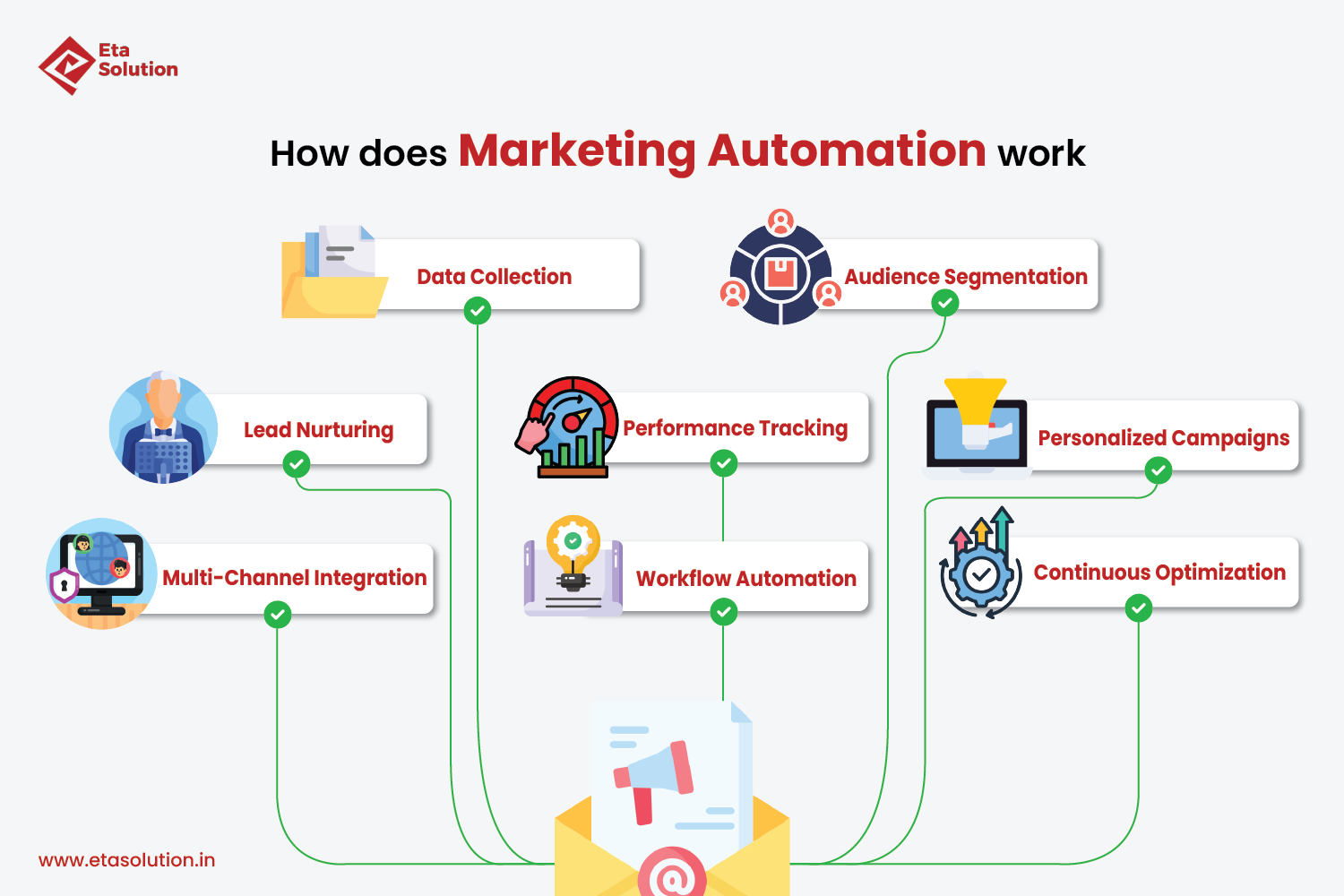
Major Advantages of Utilizing Marketing Automation in the Business
Marketing through automation is just a segment in the overall marketing plan, but the results it brings are measurable if it is carried out correctly. The ‘real’ victories are the next ones:
- Improved business efficiency: When manual tasks are automated, team members get back their time. The use of marketing tools can result in increased sales productivity by up to 12.2%.
- Lead generation and conversion become better: 80% of companies that utilize automation assert that they experience a higher influx of potential leads. On the other hand, 77% allow the researchers to draw a conclusion stating that conversion rates have risen.
- Strong ROI: 76% of companies making use of automation argue that they are already enjoying positive returns on investment within one year of the start of cooperation.
- Attempting personalization with the help of automation could only lead to a larger number of people being reached at the same time, but a rather more tailored approach than the traditional non-personalized communication based on previous behavior and segmentation, rather than a single size that fits all.
- Lead nurturing becomes programme-driven: There is no need for potential customers to vanish when there is nothing to be or when there are automated follow-ups, content, and timing.
- Better collaboration with CRM sales is achieved through integration, so marketing output can easily support sales pipelines.
- Brand loyalty can increase with automation, whereby totally customer journeys can be planned and messages can be sent in a timely manner.
Actually, it is forecasted that the marketing automation market will hit $7.47 billion in 2025.
How Marketing Automation Works
Concrete workflows bring this to life. Below are sample flows with nuance.
Example 1: Welcome → Onboarding drip
A new prospect signs up for your newsletter →
Day 0: Send welcome email with useful content →
Day 2: Send educational content →
Day 5: Offer a case study →
Day 10: Invite to a live demo →
If they click, enter lead nurture flow; if not, send re-engagement email →
After 30 days, classify as inactive or a hot lead.
Example 2: Abandoned cart sequence
User adds item to cart but doesn’t check out →
After 1 hour: reminder email →
After 24 hours: offer a discount or incentive →
After 72 hours: social proof / “others bought this too” email →
If a purchase occurs, send thank you + cross-sell flows.
Example 3: Lead scoring + handoff to sales
Visitor downloads a whitepaper → +5 points
Visits pricing page → +10 points
Views case study → +3 points
Reaches threshold (say, 20 points) → automatically assign to sales, send notification →
Salesperson triggers a follow-up call, with context on what content the prospect consumed.
Example 4: Full automated campaign across channels
A lead enters via webinar signup →
Trigger email sequence + SMS reminder →
When a lead clicks a link, show retargeting ads →
If a user finishes a micro conversion, then change their status to either nurture or sales funnel.
Process automation enables you to sketch these step-by-step processes just once and then let them function, keeping a check and adapting.
Core Resources and Infrastructure for Marketing Automation
It’s not about having every tool you can think of, but rather picking the right ones. The following are commonly used platforms:
Platform / Tool | Strengths / Use Cases |
HubSpot | All-in-one marketing platform with CRM, email automation, and campaign orchestration. Dominates ~38% market share. |
Marketo | Strong B2B features, complex lead scoring, and account-based marketing support. |
Pardot (Salesforce) | Deep CRM integration, great for enterprise settings. |
ActiveCampaign/Mailchimp | Good for SMBs: email automation, segmentation, and affordability. |
RD Station | Popular in markets like India/Latin America for marketing + sales alignment. |
Autopilot/Drip/Klaviyo | Excellent for e-commerce and behavioral email automation. |
Zapier/Integromat/Workato | Useful for connecting the systems’ backbone of business automation in many stacks. |
Customer.io/Iterable | Good for event-based automated campaigns and sophisticated workflows. |
When selecting a marketing software tool, check:
- CRM integration and data sync
- Visual workflow editor
- Flexible triggers/actions
- Analytics and attribution
- Scalability and customization
- API and app ecosystem
You should only consider the existence of a tool as a minor factor towards a successful process; the strategy and the implementation are what really matter.
Best Practices for Successful Marketing Automation
It is easy to commit the usual mistakes when one forgets to follow these main points:
- Start small, iterate: Plan simple scenarios for the beginning of your marketing automation life.
- One needs to start with data hygiene as a priority: Clean and standardized data is the baseline. If you put in bad data, your output will also be bad.
- Also, it is important to clearly define the parameters of lead scores and thresholds: Sit down with the sales team and decide together criteria of the sales-ready leads.
- Go for progressive profiling: Try not to inconvenience a user by asking for everything at once; instead, make data collection grow gradually.
- Make one-to-one communication more efficient by automating: Justify in setting up automation the use of the subject, content, and the follow-up step.
- Test and re-adjust: Use A/B testing for different subject lines, sending times, and flow types. Follow the data to make the next moves.
- Investigate “dead zones”: Find places where leads become inactive and try to attract them again.
- Automated communications should always still pay off trust with users: Use automation for efficiency, not for losing the human connection. Include manual interventions once in a while.
- Document the situation of your operations: Make sure your team has a clear understanding of the workflow with the help of flow charts and the correct version of the logic.
- Be aware of the compliance issues: Take into consideration the regulations of GDPR, CAN-SPAM, and CCPA. Always ask for permission and provide unsubscribe options.
It is through these measures that the automatic operations will be prevented from turning into the creators of spam flies.
Marketing Automation vs. CRM
Many times, these two concepts are mixed up; however, they have different roles and complement each other when working together.
- CRM – Customer Relationship Management is the management of client data, sales funnel, sales dialogues, deal tracking, and account histories.
- Marketing automation mainly deals with automating customer interactions, lead scoring, nurturing, and workflow orchestration.
- CRM integration is critical: marketing automation pushes qualified leads into the CRM; the CRM gives feedback back into the automation. Only when they act in sync do you get real sales funnel automation rather than silos.
In companies that use automation effectively, converting leads via CRM-automation alignment can increase conversion rates by up to 30%.
Use Cases and Real-World Applications
Here’s what happens in practice, not theory.
- E-commerce: cart abandonment: Many stores recover 5-10% of abandoned carts through email automation + retargeting. In one case, a retailer achieved a 20% lift in recovered revenue by layering dynamic discount triggers.
- SaaS onboarding: One SaaS product used a 10-step drip onboarding flow with embedded tooltips and triggered nudges. Activation rate jumped 40% within three months.
- Nonprofit donor engagement: A nonprofit’s automated re-engagement campaigns for lapsed donors. By personalizing messages and triggering based on giving history, they recovered 15% of lapsed supporters in a year.
- B2B lead nurturing: A B2B company identified the focus areas by industry and persona, then created suitable content journeys. The change of rate from MQL to SQL jumped 25%.
- Event promotion: A brand set up everything for email reminders, SMS nudges, post-event follow-ups, and feedback loops, all to run in one automated flow. Registrations went up 35%.
These real-world case studies are just a few examples of what companies can achieve when they have the right combination of technology, insightful customer understanding, and ongoing optimization.
Impact on Customer Experience and Journey
Implementing automation will not only save time but it will also give the customer an entirely new experience than before.
- Seamless transitions: Recipients of the automated communication are the most suitable ones, and hence, they receive the message at the right time without any delay.
- Context-driven customer engagement: Because of the engaging behaviors, the standard procedures remain closely aligned to the event, rather than coming as a complete surprise or a result of mere assumptions.
- Reduced friction: Automation is the perfect match for the procedure of making the next step the most appropriate one for the leads.
- Consistency across channels: Email, SMS, ads, push, all are non-differentiated using the integration into a single customer journey.
- Dynamic paths: Because of the content pieces, customers have the freedom to pick the journeys in which they want to be part of.
By linking automation to the sales funnel, you not only guide customers where they need to be but also give them a chance to move onward, which you previously assumed.
Measuring Success: Key Metrics and Analytics
What gets tracked gets optimized. Follow these:
- Conversion rates
- Ratio of MQLs to SQLs
- Time taken to convert a lead
- Email metrics: open rate, click-through rate, and unsubscribes
- Return on investment for specific campaigns
- Accuracy of lead scoring
- Points of funnel leakage
- Improvement of Customer Lifetime Value
Analyze trends rather than just collecting data. For instance, you may find out that webinar leads convert 2× better than those from whitepapers, which will make you decide to invest more in webinars.
Latest Trends
To remain competitive, having a static system is not enough. Factors that will determine the future marketing of automation are:
- Generative AI + predictive automation: Just automation is not only about going through the rules, but becoming a system that learns and changes.
- Full-funnel omnichannel orchestration: An automation that is wherever the funnel is for an uninterrupted experience for the customers.
- No-code or low-code builders: More marketing professionals have the ability to create complex processes without the help of developers.
- Privacy-first automation: Gadgets that have consent, anonymization, and compliance as their very first stage of design.
- Hyper-personalization: Delivering content that is not only segment-based but also dependent on the moment of an individual.
- Predictive lead scoring: AI models that anticipate which leads will convert before they raise their hand.
For instance, Zalando has cut content-production times massively by using generative AI in marketing campaigns, reducing editorial turnaround by weeks and slashing costs by nearly 90%. That’s not sci-fi, it’s happening now.
Why Choose a Digital Marketing Agency for Your Automation Journey
Deploying automation well is not plug-and-play. A top digital marketing agency in India brings:
- Deep experience bridging global marketing standards with cost efficiency
- Expertise in integrating automation systems, CRM, and data architecture
- Talent steeped in both strategy and execution
- Scalability for when your demands grow
- Continuous optimization and support
They help you avoid pitfalls, choose the right stack, and unlock full potential instead of ending up with half-built flows.
Final Take
Your competitors are already automating 56% of businesses that use marketing automation today. The ahead-of-the-curve ones are now layering AI, predictive models, and hyper-individual journeys.
If you keep doing marketing manually, you’re stuck doing yesterday’s work. Nevertheless, if you become proficient in marketing automation and collaborate with professionals such as a Top digital marketing agency in India, you simply transform into a system that markets your marketing without your intervention, grows you in a manageable way, and amazes your target market with unexpected pleasant experiences.
That being said, the question I want to leave you with is: When are you going to cease the back-and-forth between spreadsheets and the execution of your customer journeys via autopilot?
Marketing automation uses software to handle repetitive marketing tasks automatically.
For example, instead of manually sending emails, posting on social media, or tracking leads — automation tools do it for you.
You set up rules or workflows (like “send a welcome email when someone signs up”), and the system runs it automatically.
This saves time, ensures consistency, and helps you reach the right audience at the right time with the right message.
You can automate email marketing using tools like Mailchimp, HubSpot, or ActiveCampaign.
Here’s how it works:
Choose an email automation tool.
Build your email list by collecting subscribers through forms or landing pages.
Create email templates (welcome, follow-up, offers, etc.).
Set automation rules — for example:
Send a welcome email when someone subscribes.
Send reminders to inactive users.
Send offers based on user actions or interests.
Track results — open rates, clicks, and conversions.
Automation makes your emails more personalized and timely without extra manual work.
Social media automation helps you plan, create, and post content automatically across platforms like Facebook, Instagram, LinkedIn, and X (Twitter).
To automate it:
Use a tool such as Buffer, Hootsuite, or Later.
Connect your social media accounts.
Plan your content in advance (images, captions, hashtags).
Schedule posts to go live at specific times.
Use analytics to see which posts perform best.
This saves time, keeps your accounts active, and helps you maintain a consistent online presence.
Marketing automation platforms are software systems that combine multiple marketing tools in one place.
They help manage emails, social media, landing pages, ads, and customer journeys automatically.
Examples include:
HubSpot
ActiveCampaign
Marketo
Salesforce Marketing Cloud
Zoho Marketing Automation
These platforms help businesses streamline their marketing, nurture leads, and improve customer engagement from a single dashboard.
Marketing automation tools are applications designed to perform specific marketing tasks automatically.
Some popular ones include:
HubSpot – All-in-one marketing, CRM, and automation.
Mailchimp – Great for email automation and campaigns.
Hootsuite – For automating social media posts.
Zapier – Connects apps to automate tasks between them.
ActiveCampaign – Email and customer journey automation.
Buffer – Simple social media scheduling.
These tools help save time, reduce errors, and keep your marketing consistent.
Using marketing automation involves three main steps:
Plan your strategy – Decide which tasks you want to automate (emails, social posts, lead follow-ups, etc.).
Choose the right tools – Pick one that fits your business goals and budget.
Create automation workflows – Set triggers and actions, like:
When a user signs up → send welcome email.
When they click a product → send product recommendations.
Test and improve – Monitor how your automation performs and make changes for better results.
With proper setup, automation can handle repetitive work while you focus on creative and strategic tasks.
Automation in digital marketing means using technology to manage and perform marketing tasks automatically.
It covers email marketing, social media posts, ad campaigns, lead nurturing, and analytics — all done with minimal human effort.
For example:
Sending targeted emails to users based on behavior.
Automatically posting on multiple social platforms.
Tracking leads and following up without manual effort.
The goal of automation is to save time, improve accuracy, personalize customer experiences, and boost results — all while reducing repetitive manual work.

What started as a passion for marketing years ago turned into a purposeful journey of helping businesses communicate in a way that truly connects. I’m Heta Dave, the Founder & CEO of Eta Marketing Solution! With a sharp focus on strategy and human-first marketing, I closely work with brands to help them stand out of the crowd and create something that lasts, not just in visibility, but in impact!
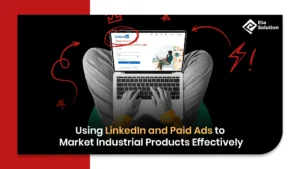
Industrial Product Marketing with LinkedIn & Paid Ads
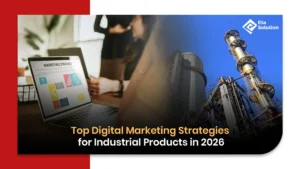
Top Digital Marketing Strategies for Industrial Products in 2026
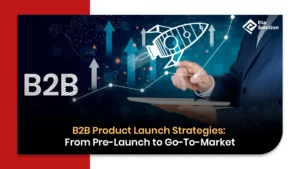
B2B Product Launch Strategies: From Pre-Launch to Go-To-Market
